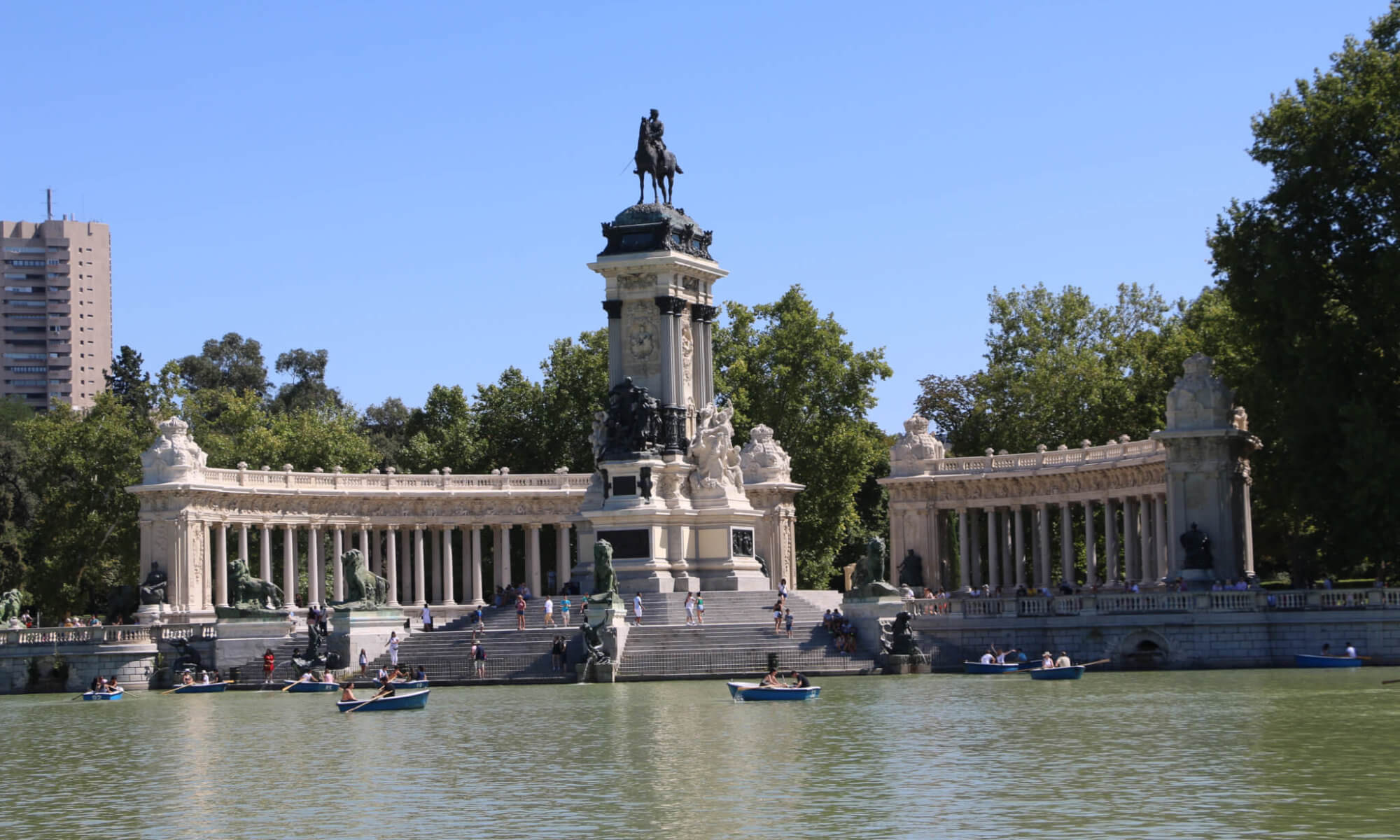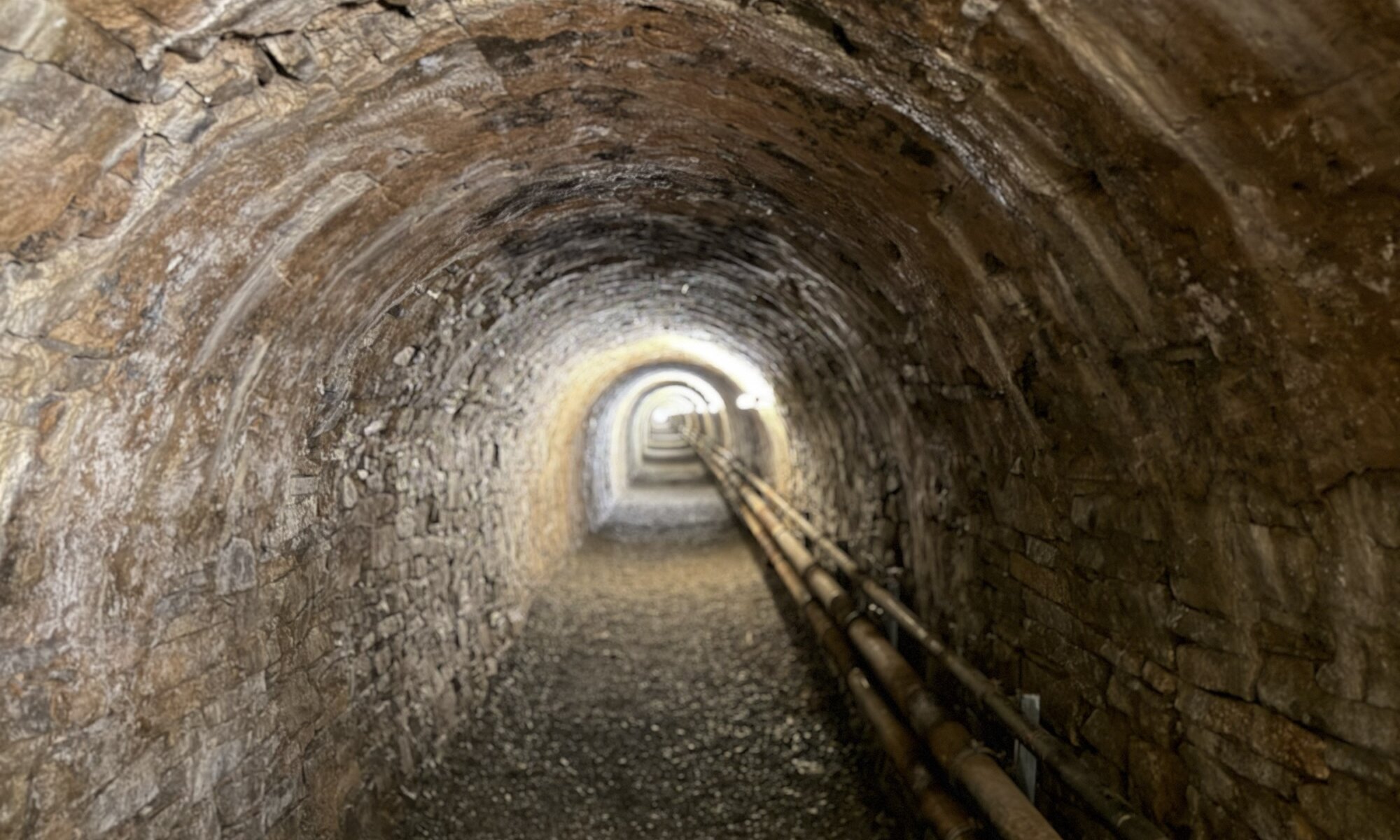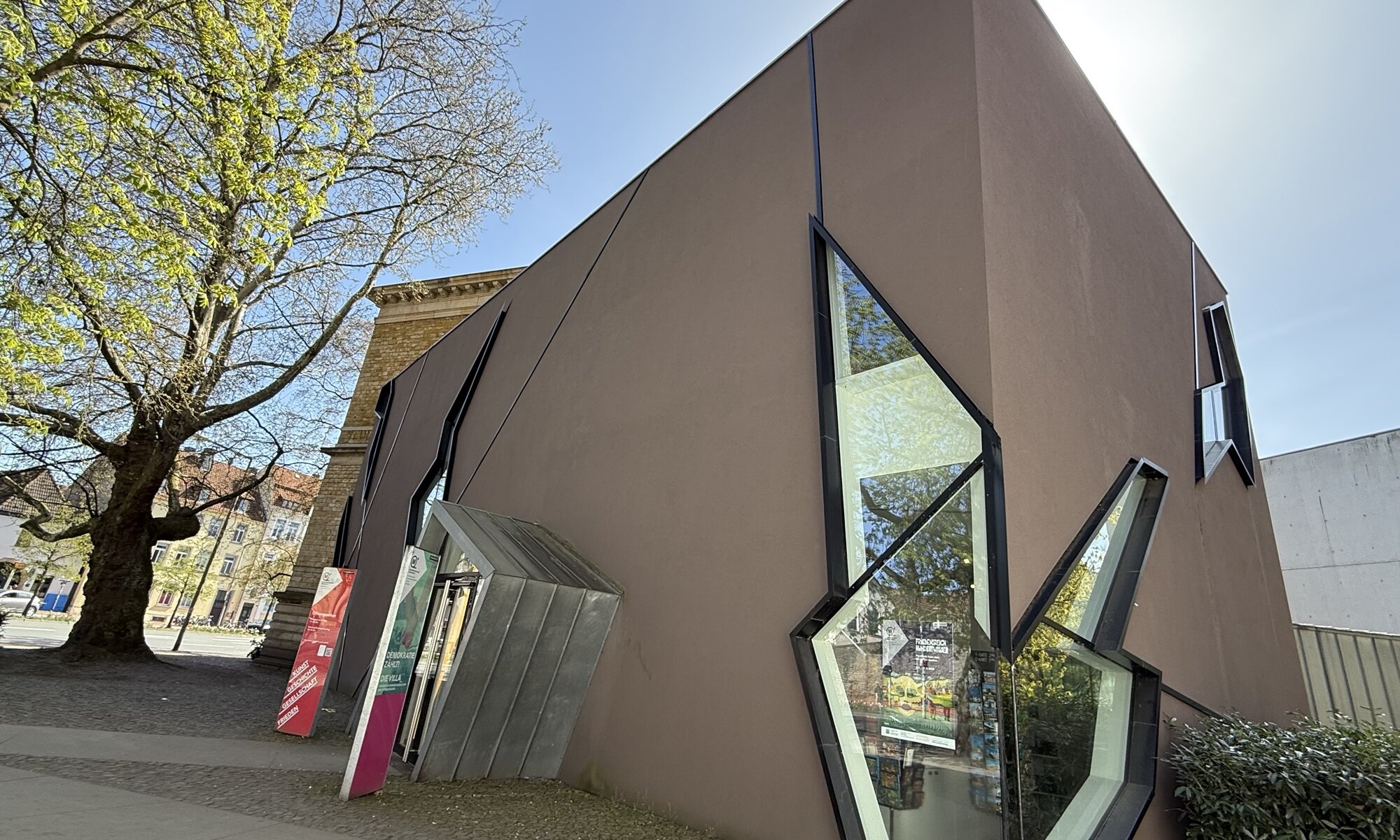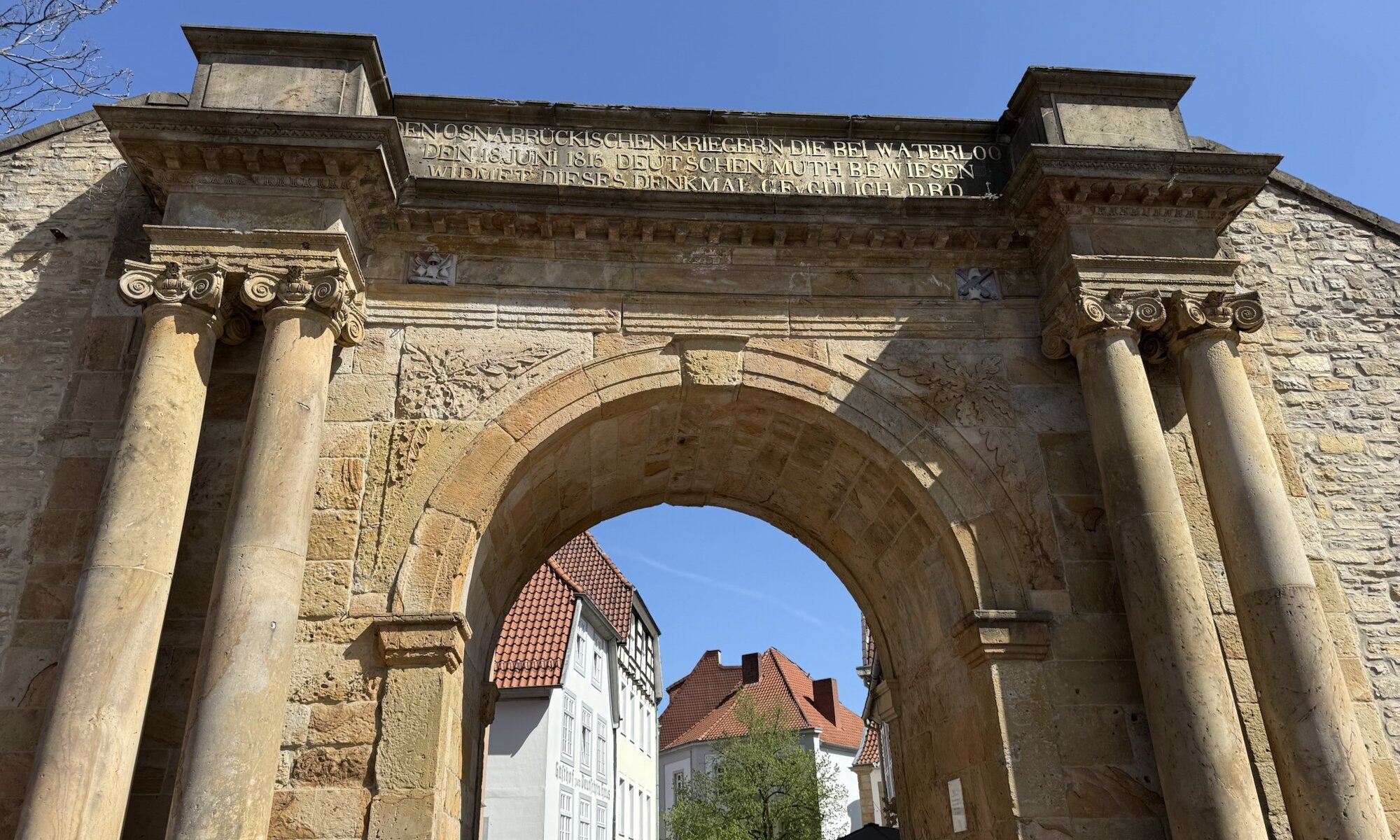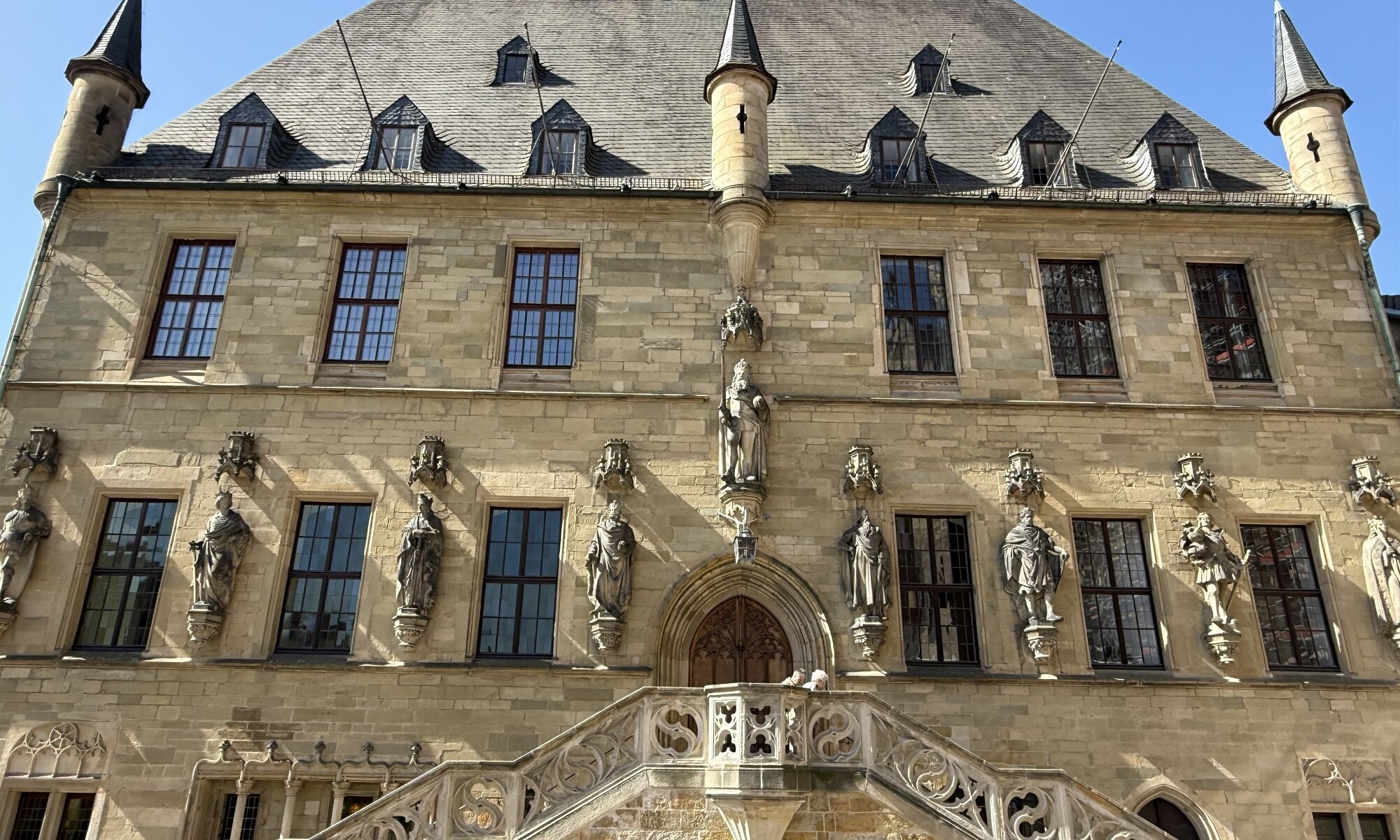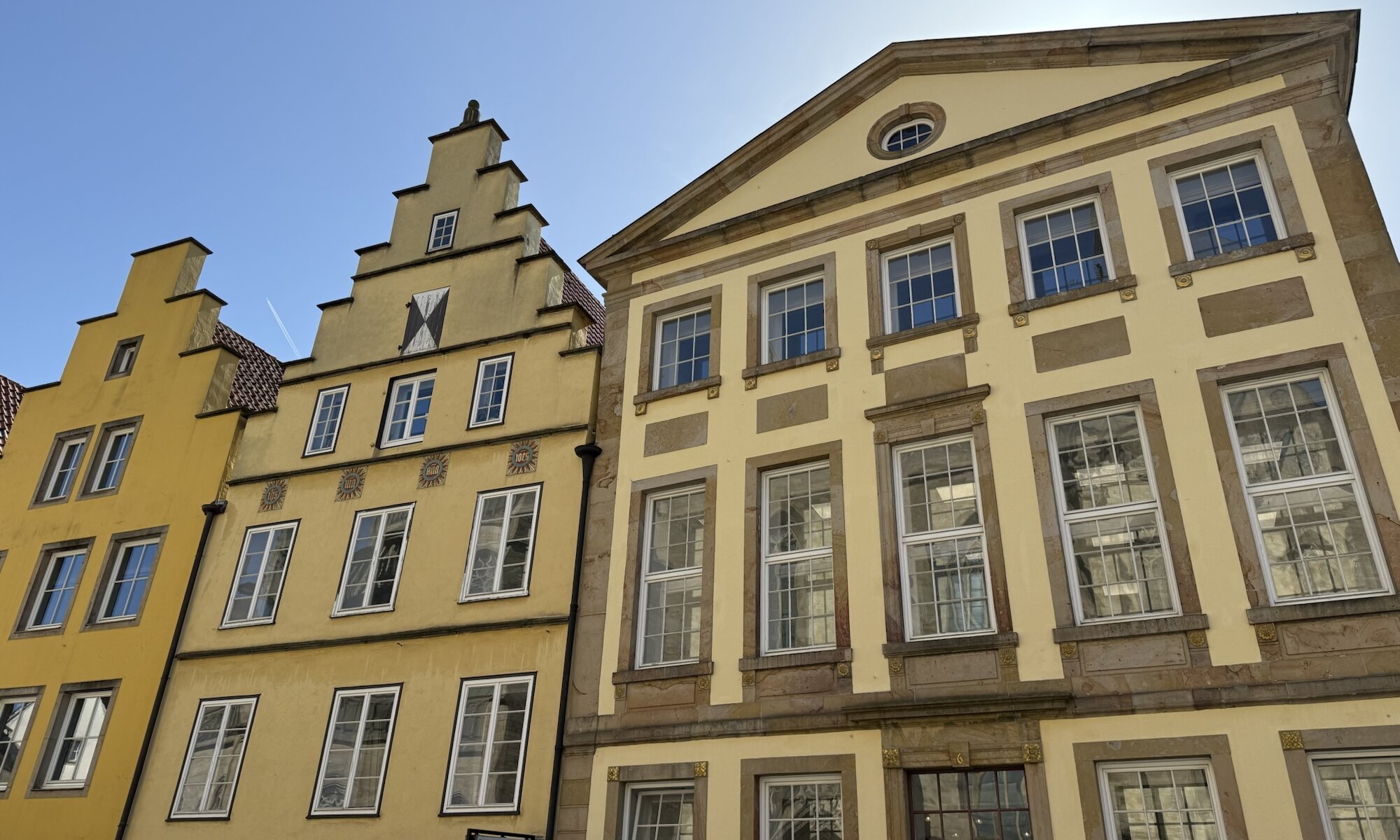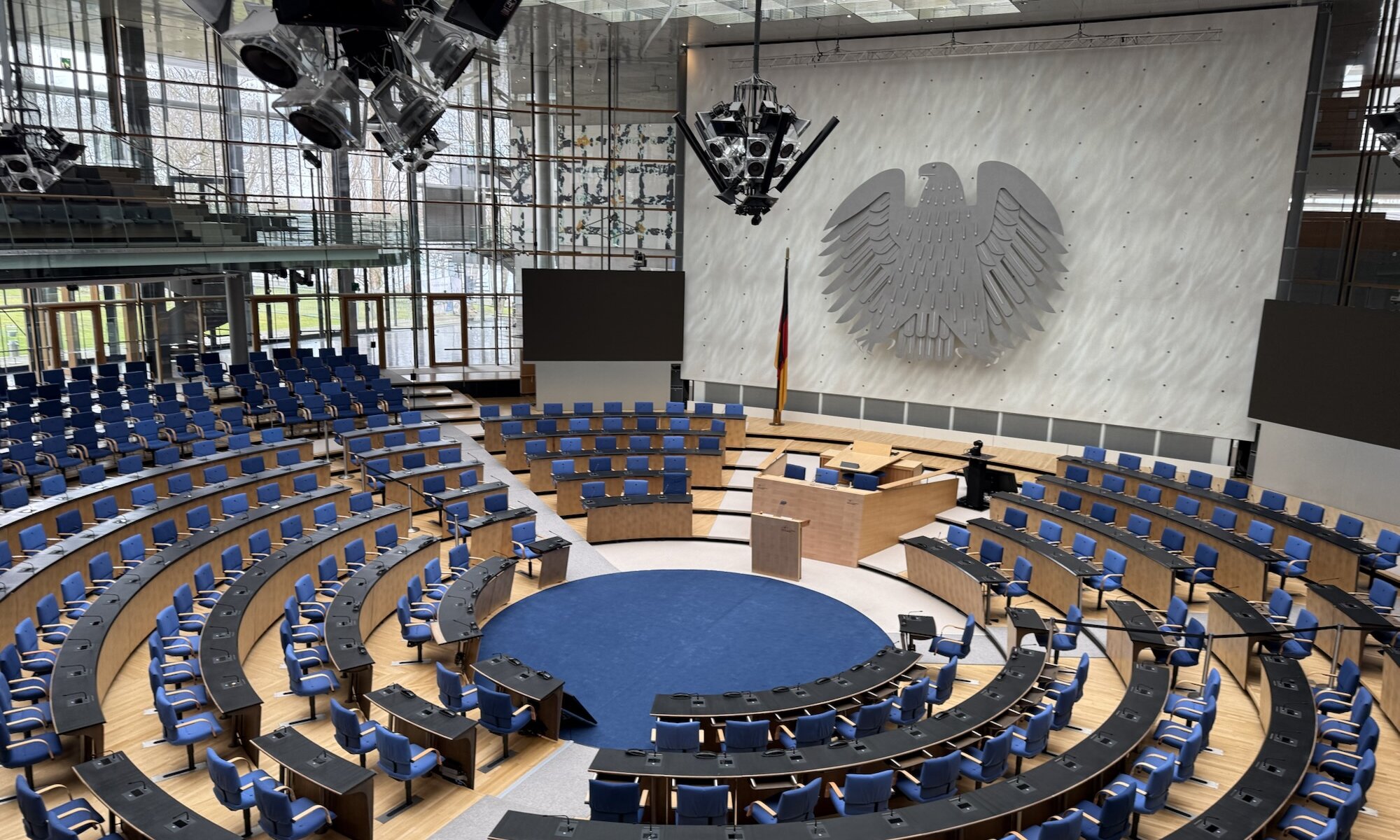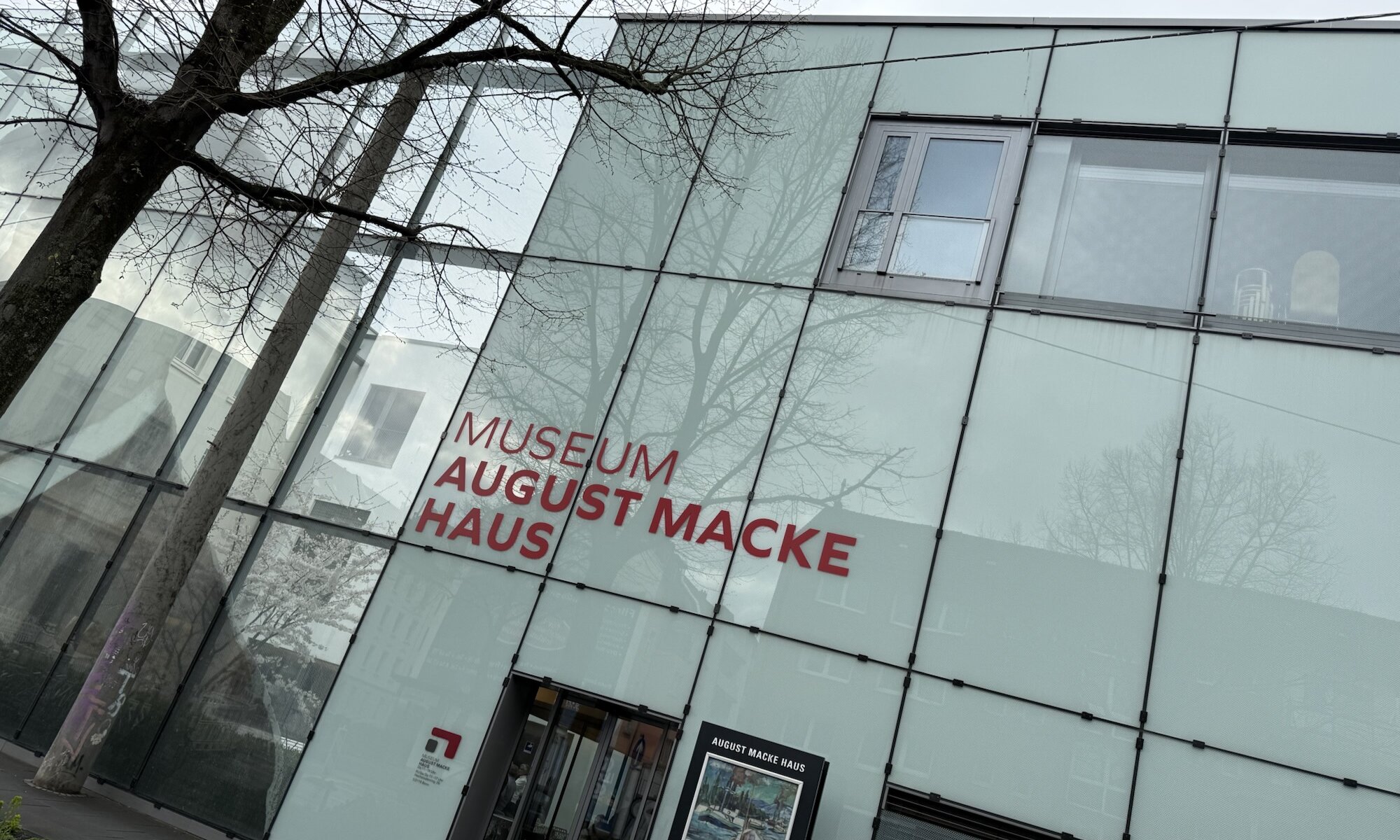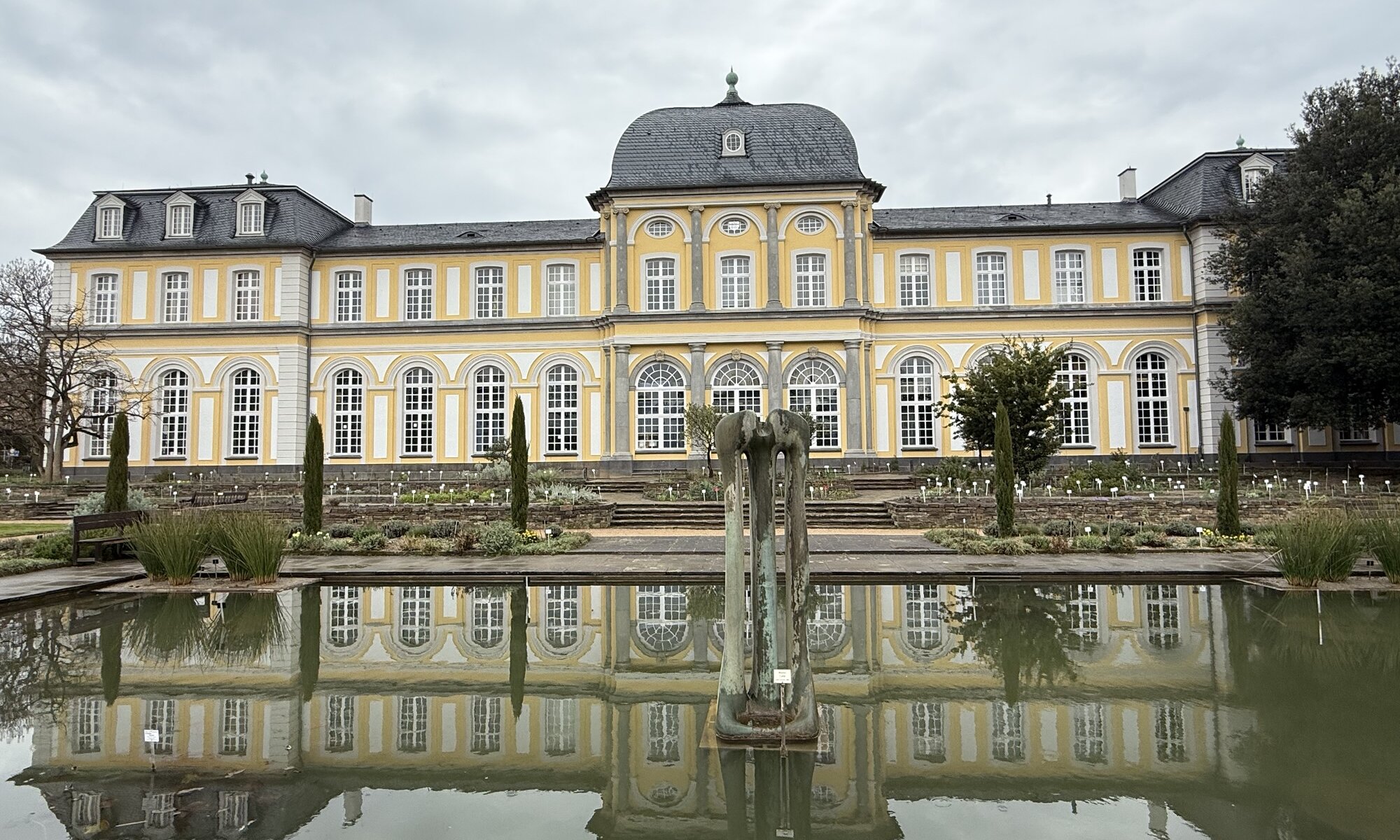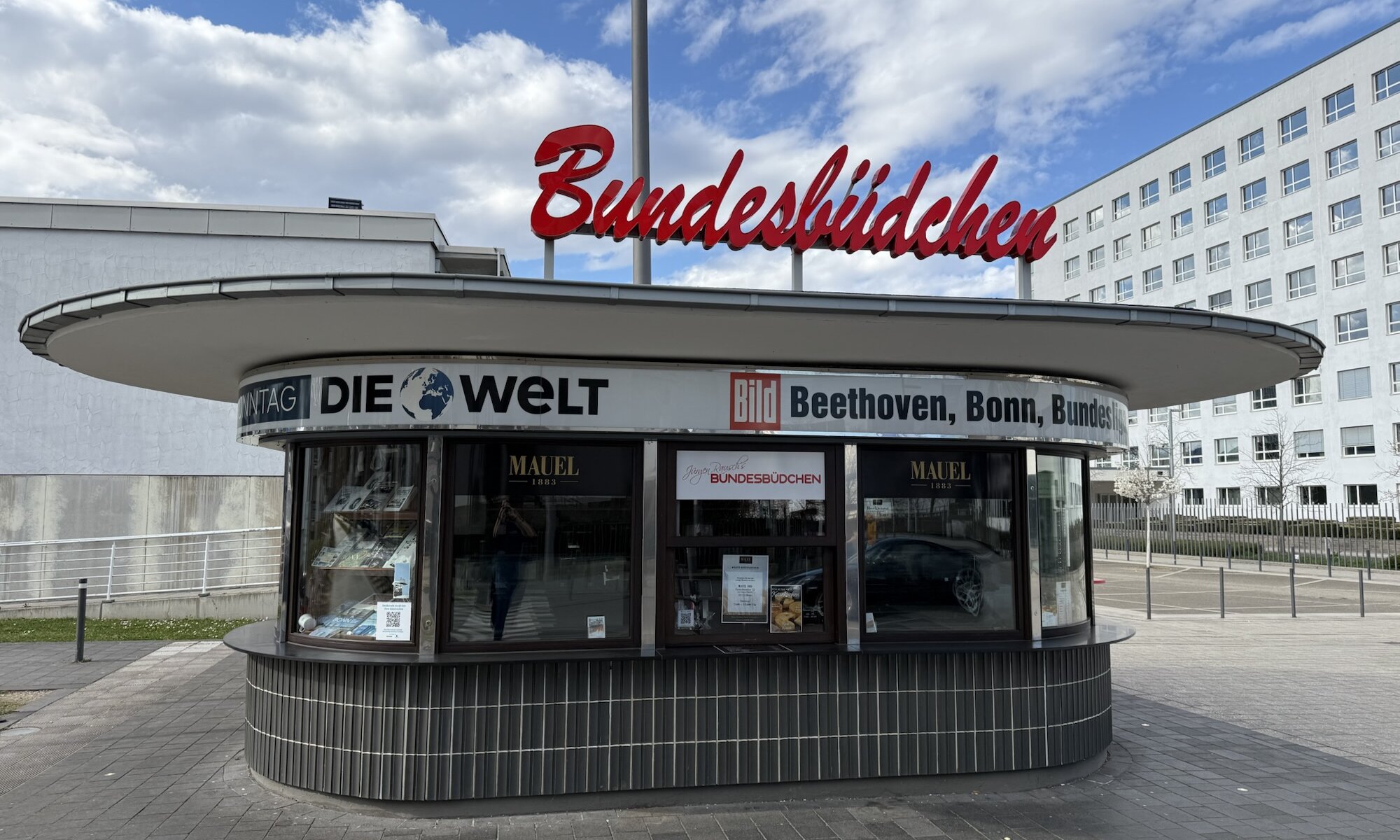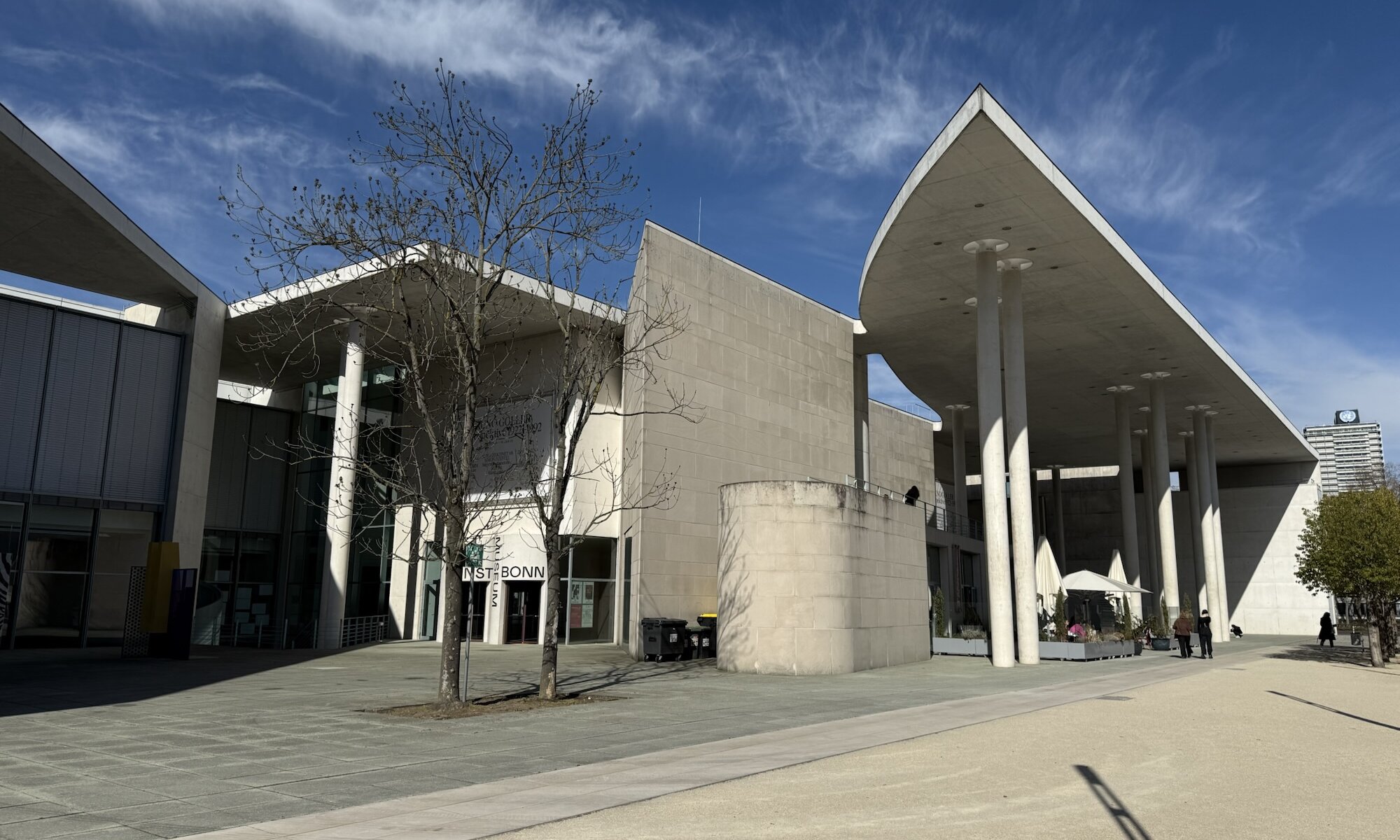The Museum Industriekultur in Osnabrück is a unique institution dedicated to showcasing the industrial history of the region, with a particular focus on mining. Situated at the Piesberg, it occupies the site of a former coal mine and quarry, offering visitors an immersive experience into the interplay between industry, nature, and society. The museum explores themes such as early factories, steam power, and the transition of Osnabrück from an agricultural town to an industrial hub. Its exhibitions include functioning steam engines, fossil collections, and insights into coal formation.
Continue reading “Haseschacht”Neue Sachlichkeit
The Felix-Nussbaum-Haus in Osnabrück is a museum dedicated to the works of Felix Nussbaum, a Jewish painter who was murdered at Auschwitz during the Holocaust. Designed by renowned architect Daniel Libeskind, the building reflects Nussbaum’s life and art through its unconventional and striking design. Completed as Libeskinds first realized building in 1998, the museum features intersecting structures that evoke a sense of disorientation and confinement, mirroring the artist’s experiences during his persecution. Visitors can explore narrow corridors, abrupt intersections, and void spaces that challenge perception and create a unique emotional journey. The museum connects to the adjacent Kulturgeschichtliches Museum at various points, enhancing its integration within Osnabrück’s cultural landscape.
Continue reading “Neue Sachlichkeit”Friedensstadt
Osnabrück, located in Lower Saxony, is a city steeped in history and culture. Founded by Charlemagne in 780, it became an important bishopric and trading hub during the Middle Ages. Its name likely derives from the Low German words for ‚ox‘ and ‚bridge‘, reflecting its early significance as a crossing point over the Hase river. Osnabrück played a pivotal role in European history as one of the cities where the Peace of Westphalia was signed in 1648, ending the Thirty Years’ War. This treaty marked a turning point in diplomacy and religious coexistence, earning Osnabrück the title of ‚City of Peace‘ (Friedensstadt).
Continue reading “Friedensstadt”Pax Westphalica
The historic town hall of Osnabrück is a striking example of late Gothic architecture, constructed between 1487 and 1512. Its façade is characterized by an 18-meter-high hipped roof, complemented by six small towers that evoke the appearance of a fortress. A central flight of stone steps leads to the main entrance, which features a bronze handle inscribed with the year 1648 and adorned with a dove symbolizing peace. Above the entrance stands a statue of Charlemagne, the founder of Osnabrück, flanked by eight sculptures of German emperors, including Friedrich Barbarossa and Wilhelm I. These statues were gifted by the Prussian royal family in the 19th century, adding historical depth to the building’s exterior.
Continue reading “Pax Westphalica”All Quiet on the Western Front
The Erich-Maria-Remarque-Friedenszentrum in Osnabrück is a small but significant museum dedicated to the life and work of Erich Maria Remarque, the city’s most famous son. Remarque, born in Osnabrück in 1898, is celebrated worldwide for his literary contributions, particularly his anti-war themes. The museum provides visitors with an intimate glimpse into his life, showcasing personal items such as his expansive desk and offering the opportunity to read his works translated into various languages.
Continue reading “All Quiet on the Western Front”Bundeshaus
The Bundeshaus in Bonn served as the provisional seat of the German Bundestag and Bundesrat from 1949 to 1999. Initially constructed as a pedagogical academy between 1930 and 1933, it was repurposed after World War II to host the newly established West German parliament. The original building was expanded with additions like the ‘Langer Eugen’ office tower in 1969 and a new plenary chamber by Günter Behnisch in 1992, which emphasized transparency and democracy.
Continue reading “Bundeshaus”Expressionism
August Macke (1887–1914) was a prominent German Expressionist painter and a key member of the ‘Der Blaue Reiter’ (The Blue Rider) group. Born in Meschede, he spent much of his life in Bonn, where he developed his distinctive style characterized by vibrant colors and simplified forms. His works often depicted serene urban scenes, gardens, and still lifes, radiating light and harmony. Tragically, Macke’s career was cut short when he died at the age of 27 during World War I in France. Despite his brief life, he produced over 11,000 artworks, leaving a lasting legacy in the world of art.
Continue reading “Expressionism”Poppelsdorfer Schloss
The Poppelsdorfer Schloss in Bonn is a Baroque palace built between 1715 and 1753 on the site of a former medieval water castle. Originally named ‘Clemensruhe’ after its founder, Elector Joseph Clemens, the palace was designed as a pleasure residence with symmetrical architecture and an inner courtyard. It later became part of the University of Bonn in 1818, housing scientific collections and the Mineralogical Museum. The Poppelsdorfer Allee, a tree-lined avenue with historic charm, connects the palace to Bonn’s city center, offering a picturesque approach for visitors.
Continue reading “Poppelsdorfer Schloss”Bundesstadt
Bonn, one of Germany’s oldest cities, played a significant role during the period of German separation. After World War II, it was chosen as the provisional capital of West Germany in 1949 due to its modest size and distance from Berlin’s Nazi legacy. Bonn became a symbol of West Germany’s democratic rebirth and hosted key political institutions, including the Bundestag and the Federal Chancellery. This status persisted until reunification in 1990, after which Berlin was reinstated as the capital. However, Bonn retained some federal ministries and became a model for balancing regional development.
Continue reading “Bundesstadt”Museumsmeile
The Museumsmeile in Bonn, located along Adenauerallee, is a cultural hotspot featuring four renowned museums that showcase art, history, science, and nature. Visitors can explore these attractions conveniently and enjoy the nearby Rheinauenpark or the river Rhein for a relaxing walk afterwards.
Continue reading “Museumsmeile”